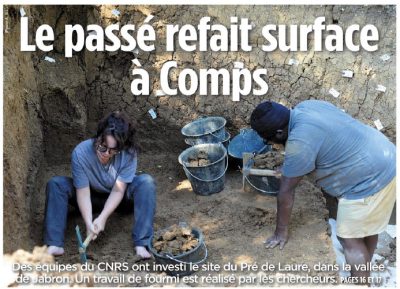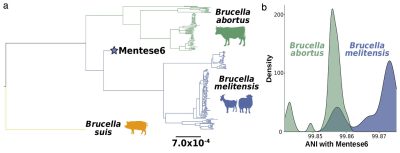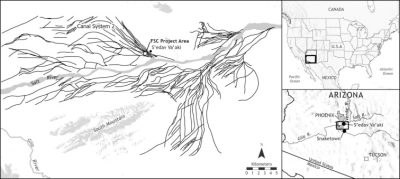Lien HAL : https://hal.archives-ouvertes.fr/hal-03759054
Abstract : Exchange networks in the Bronze Age between SE Arabia, Mesopotamia, SE Iran, SW Pakistan and the Indus Valley moved a variety of raw and finished products, especially pottery. However, we have little understanding of what organic products were a part of these exchange networks, as well as what foodstuffs were prepared in ceramic vessels as part of everyday activities. This paper presents the preliminary results of lipid residue analysis of local and imported vessels from Hili 8 and Hili North Tomb A in al-Ain, United Arab Emirates (UAE). Absorbed lipids were extracted and analysed via Gas Chromatography-Mass Spectrometry (GC-MS) from a range of vessels, including local, regional, Indus, Mesopotamian and Makran wares. A majority of the lipid profiles were indicative of degraded animal fats, however some vessels, including Fine Red Omani Ware and imported Black-Slipped Jars from the Indus Valley, had evidence for plant oils. Further analyses that will shed light on the possible origin of the animal fats and plant oils are ongoing. The preliminary results provide new insights into the use of pottery at Hili, with broader implications for our understanding of subsistence and exchange networks in the region.




